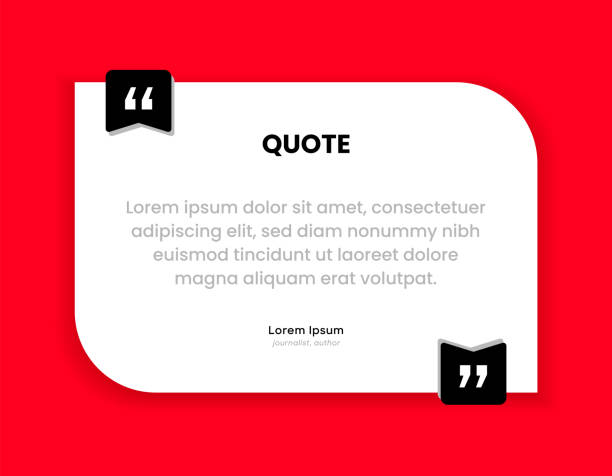Conclusions are the final opportunity to leave a lasting impression on your readers, whether it’s in an essay, blog post, or article. They’re not just about summarising what you’ve written—they’re about reinforcing your key points, evoking emotions, and prompting further reflection or action. A well-crafted conclusion has the power to wrap up your thoughts with clarity and leave your readers with something meaningful to think about.
In this post, we’ll dive into several effective strategies for crafting engaging conclusions that not only summarise your message but also resonate with your audience long after they’ve finished reading.
Why Conclusions Matter
Before diving into how to write an engaging conclusion, it’s important to understand why conclusions matter. A conclusion is the final interaction a reader has with your work. This is your last chance to leave an impression, reiterate your message, and drive home your point. A well-crafted conclusion gives readers a sense of closure and satisfaction, while also encouraging further thought or action.
An engaging conclusion can:
- Reinforce your main argument or point.
- Leave the reader with something to ponder.
- Encourage readers to engage with your content further (in the case of blogs, share or comment).
- Provide a call-to-action or next steps (for blog posts or persuasive essays).
1. Summarise Key Points Without Repeating
One common mistake writers make when concluding an essay or blog is simply repeating the introduction or body in a word-for-word manner. Instead of a direct repetition, aim to summarise your key points in a fresh, succinct way. Check this out Grammar Checker tool which helps you out in summarising also. Reiterate the importance of your arguments but find new language to frame them, showing readers why these points matter.
- Example:
“Throughout this essay, we’ve explored the significant impact of renewable energy on reducing carbon footprints. By embracing these technologies, we can ensure a healthier planet for future generations. The power to make a difference lies in our collective action.”
This example summarizes the essay’s focus but reframes it in a way that connects with the reader’s responsibility and the broader issue.
Tip: Use the conclusion to distil your main ideas down to their essence. Focus on the ‘big picture’ rather than reiterating every detail discussed in the body.
2. Offer a Call to Action
In blog posts, particularly those that are persuasive or informational, a call to action (CTA) can be an effective tool in the conclusion. Encourage readers to take the next step, whether it’s implementing advice, exploring related content, or engaging with your brand.
- Example (For a Blog Post on Health):
“Now that you know the benefits of adding more whole foods to your diet, why not start today? Head to our recipe section for easy, nutritious meals, and take the first step towards a healthier you!”
Here, the conclusion not only wraps up the blog’s message but also invites readers to take practical action, keeping them engaged beyond the article.
Tip: Make sure your CTA aligns with the content and serves a purpose. Whether it’s encouraging a lifestyle change, reading another article, or following your social media, the CTA should feel natural and relevant.

3. Pose a Thought-Provoking Question
Leaving readers with a question is an excellent way to keep them thinking about your content even after they’ve finished reading. A reflective or thought-provoking question can engage your audience intellectually, prompting further consideration or discussion.
- Example:
“As we move towards a more digital world, the question remains: how can we balance technological innovation with the need for human connection? The answer may shape the future of our interactions and relationships.”
This question invites readers to reflect on a larger issue, ensuring that the topic stays on their mind after they finish the piece.
Tip: The question should be relevant to the content and leave room for personal reflection or broader consideration. Avoid yes/no questions or overly simplistic ones that don’t add depth.
4. End with a Powerful Quote or Insight
Incorporating a powerful quote or insight from a respected source can lend authority and resonance to your conclusion. Click Here to rewrite the quotes with good ideas Quotes can provide readers with a memorable takeaway and align your work with broader ideas or cultural touchpoints.
- Example:
“As Mahatma Gandhi once said, ‘Be the change you wish to see in the world.’ These words remind us that sustainable action begins with individual responsibility—something we all can contribute to.”
Here, the quote adds weight to the conclusion and leaves the reader with a timeless message.

Tip: Choose quotes that are relevant, impactful, and align with the tone of your piece. Avoid using quotes just for the sake of it—make sure they contribute meaningfully to your message.
5. Paint a Vision for the Future
In both essays and blogs, offering a vision for the future can leave readers feeling hopeful, inspired, or motivated. Use your conclusion to highlight what could be possible if the advice or argument in your piece is implemented.
- Example:
“Imagine a world where renewable energy powers every home, where clean air is no longer a luxury but a right. It’s a future within our reach—if we choose to act now.”
This conclusion paints a compelling picture of a positive outcome, motivating readers to support the cause.
Tip: When painting a vision, make it realistic but optimistic. The goal is to inspire action or thought, so the future you describe should feel achievable.
What are the Main Key Point in writing a Conclusion
When writing a conclusion, there are several key points to keep in mind to ensure that your conclusion is effective, engaging, and leaves a lasting impact. Here are the main key points:
1. Summarize the Main Idea
- Restate the thesis or main point of your essay or blog in a concise way, without simply repeating it. Focus on reminding the reader of your core argument or message in fresh language.
2. Reinforce Key Points
- Highlight the most important points discussed in the body of your writing. You don’t need to cover everything but focus on the ideas that were most significant or impactful.
3. Provide a Sense of Closure
- Give readers a sense of completion by tying up loose ends and ensuring your piece feels finished. This makes the conclusion feel satisfying and purposeful.
4. Leave a Lasting Impression
- Include a memorable thought or statement that will stick with your readers. This could be a powerful quote, a thought-provoking question, or a call for further reflection.
5. Call to Action (Optional)
- Encourage readers to take action, whether it’s to apply the information, further their learning, share the content, or explore related topics. This is particularly important in blog posts where reader engagement is key.
6. Avoid Introducing New Information
- Don’t add new arguments or ideas in the conclusion. Stick to summarizing and reinforcing what has already been discussed.
1. How can I make my conclusion more impactful without repeating the same ideas?
Answer: Instead of simply summarizing the body of your work, try reframing your main argument in a new way. You can highlight the significance of the points you’ve made by focusing on the bigger picture or long-term implications. Avoid using the same phrases, and instead, think about how your conclusion can reflect the broader context or future of the topic.
2. How do I adapt my conclusion for different types of writing (essays vs. blogs)?
Answer: In essays, your conclusion should focus on summarizing arguments, reinforcing the thesis, and providing a sense of academic closure. In blogs, the conclusion can be more conversational and action-oriented, often including a call to action or encouraging reader engagement. The tone and structure should suit the purpose of the writing.











































































